

Climate Resilience
“Our village is going to be as beautiful as it used to be”: Restoring climate affected land – and pride – in northern Afghanistan
For Kashif*, a local resident in northern Afghanistan’s Badakhshan province, the successful transformation of ten hectares of uncultivated land into highly productive farmland has, quite literally, borne fruit.
In the arid region of Afghanistan where Kashif lives, water shortages pose challenges for growing traditional crops. Farmers primarily cultivate field crops such as wheat, corn, chickpeas, and others that can grow in dry conditions. However, with support from the Aga Khan Foundation (AKF), community-based natural resource management (CBRNM) groups, including Kashif’s, have been providing their members with drought-resistant fruit and forest trees.
In 2020, Kashif planted 5,000 drought-resistant poplar cuttings, which are resistant to pests and water stress. In 2021, he sold 4,000 cuttings, earning 40,000 afghanis (USD $500), and in 2022, he earned an additional 18,000 afghanis by selling 1,800 cuttings. Buoyed by his success, Kashif continues to green his village with resilient poplar trees.
Afghanistan ranks fourth on the list of countries most at risk of crisis, and eighth on the Notre Dame Global Adaptation Index of countries most vulnerable and least prepared to adapt to climate change.
Across Afghanistan, the need for drought-resistant crops is rapidly increasing; 2023 marks the third consecutive year of drought in the country. Often overshadowed by socioeconomic instability, climate change wields a profound impact in Afghanistan. Severe heatwaves, droughts, and floods that intensify water scarcity are resulting in food insecurity, public health crises, biodiversity loss, and the loss of livelihoods.
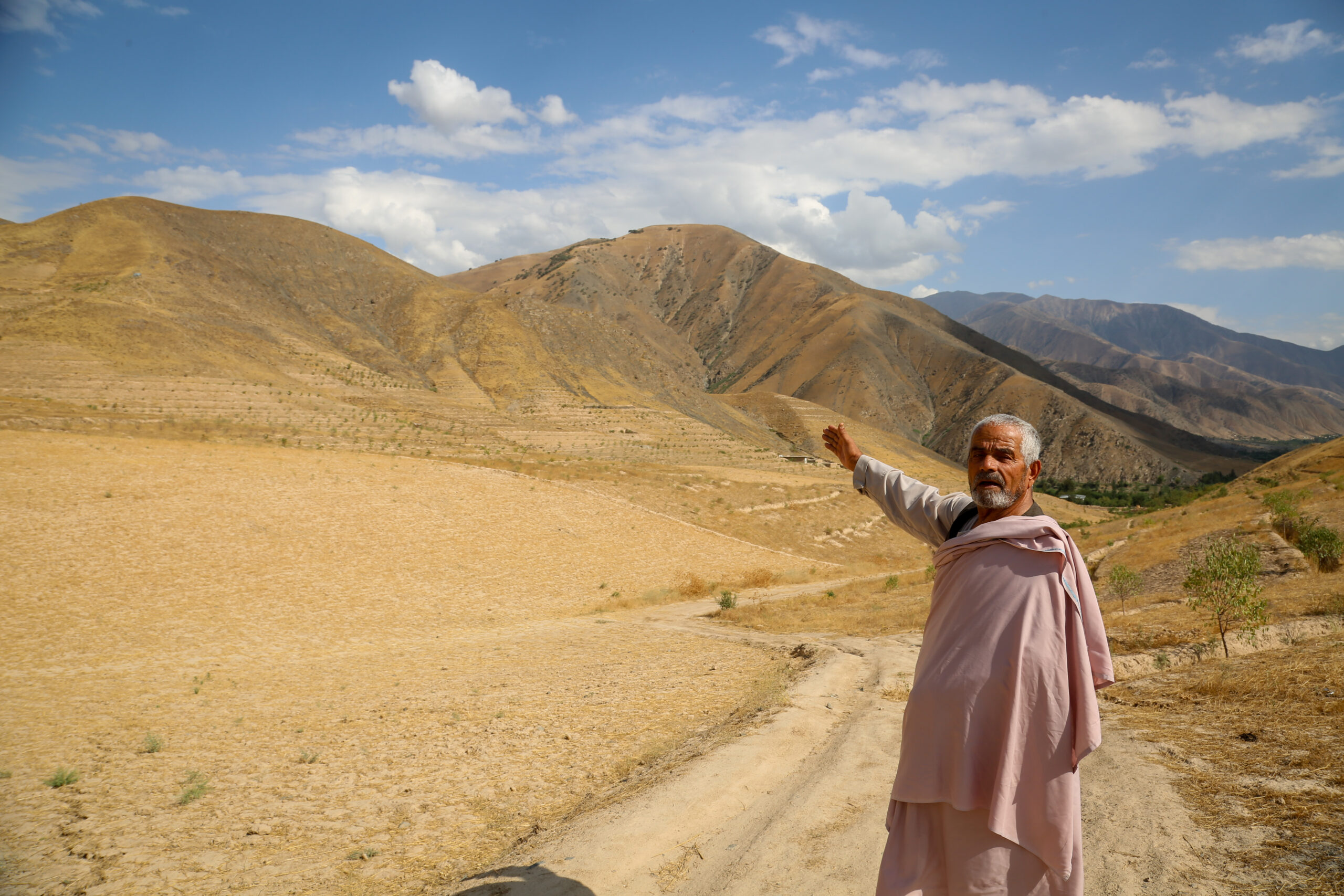
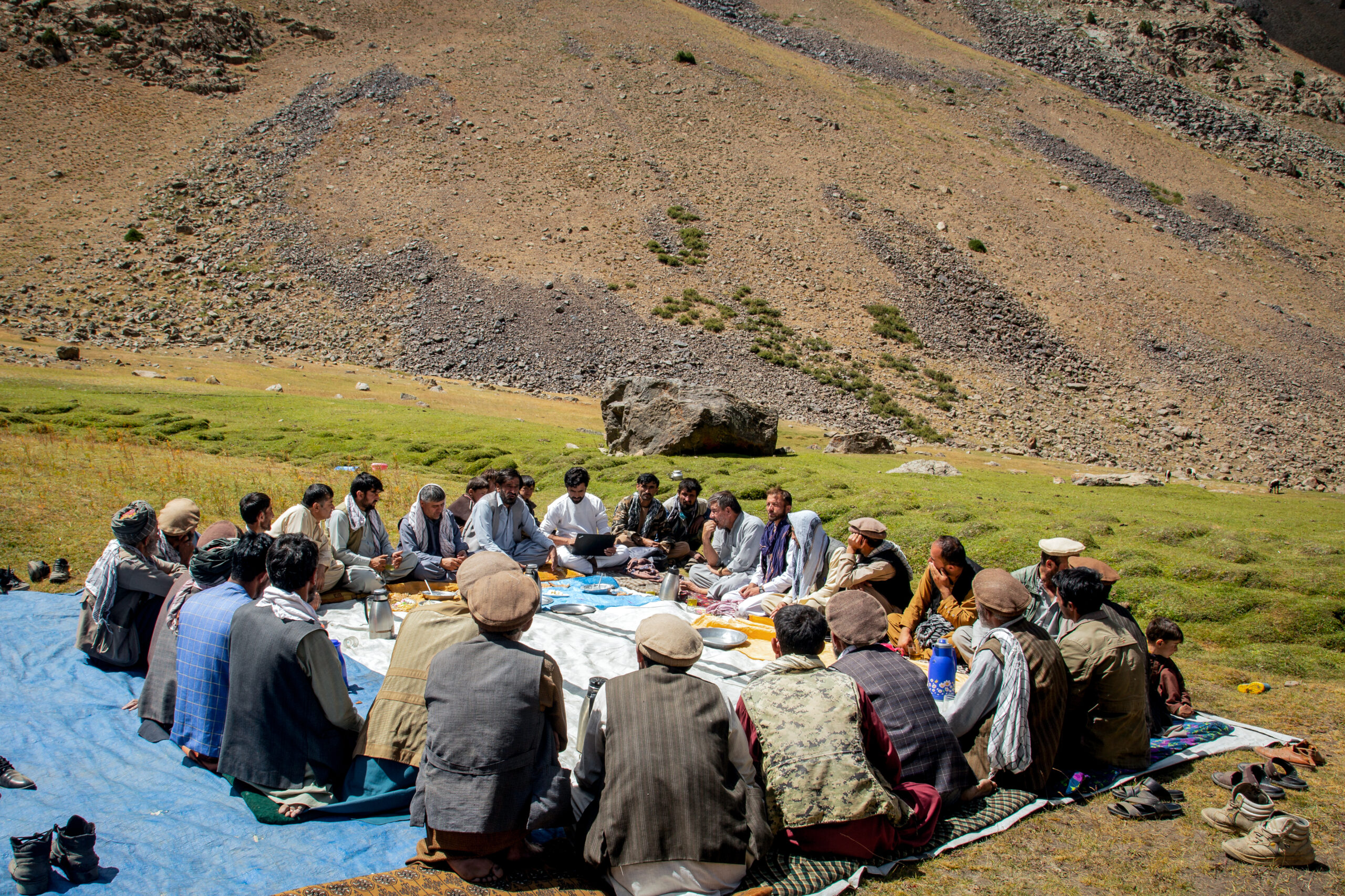
According to the UN Office for the Coordination of Humanitarian Affairs, Afghanistan ranks fourth on the list of countries most at risk of crisis, and eighth on the Notre Dame Global Adaptation Index of countries most vulnerable and least prepared to adapt to climate change.
Against this backdrop, AKF has been working with the Mountain Societies Research Institute at the University of Central Asia (UCA) and local CBNRM groups to respond to the complex impacts of climate change in Afghanistan.
Funded by the European Union and launched in 2018, the four-year programme focused on the northeastern provinces of Badakhshan and Takhar, has strengthened the resilience of communities by fostering a deeper knowledge of climate change and equipping them with essential livelihoods, climate adaptation, and environmental stewardship skills.
The impacts of climate change in Afghanistan are happening right now, compromising livelihoods and compounding recent political and economic shocks. By addressing these environmental effects and preparing for the future, the programme has also fortified communities against the current crisis, helping Afghans weather financial turmoil and humanitarian catastrophe.
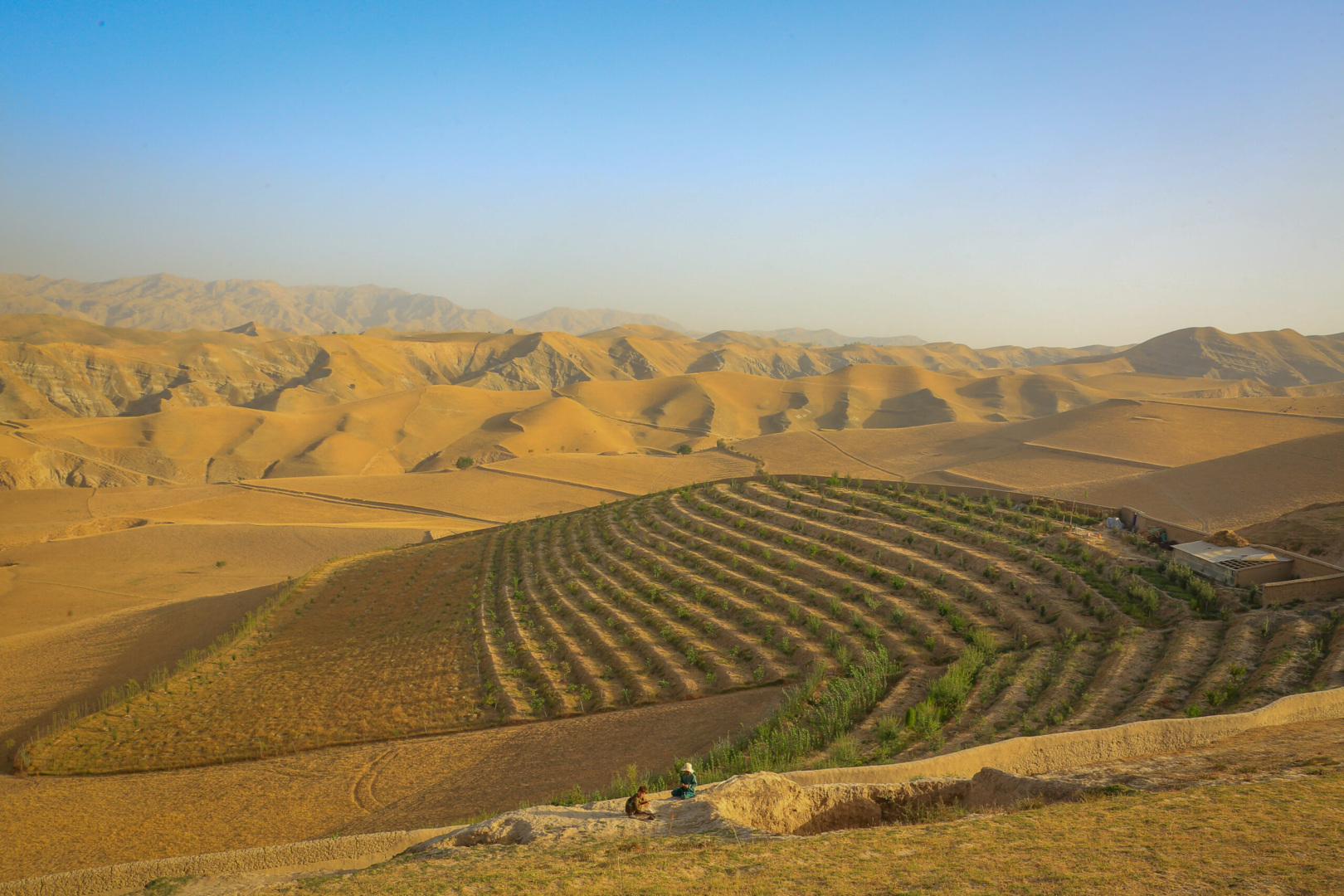
Challenges and key results
Despite significant challenges, including the disruptive influence of the COVID-19 pandemic, regional security concerns and the political landscape change in August 2021, the programme has had a transformative, and in many cases, life-changing impact. More than 14,377 people have participated in hands-on training in sustainable land use practices, including soil and water conservation, reforestation, rainfed cultivation, and effective rangeland management. This participatory approach has resulted in the establishment of 132 CBNRM groups, which are actively managing and rehabilitating local resources.
Additionally, through reforesting 1,506 hectares with 4.5 million native trees and increasing productivity on 2,052 hectares of rainfed land, the programme has helped to build climate resilience while providing hundreds of thousands of labour days for community members.

4.5 million
Trees planted, including income-producing species

80,838
Hectares of land under sustainable management
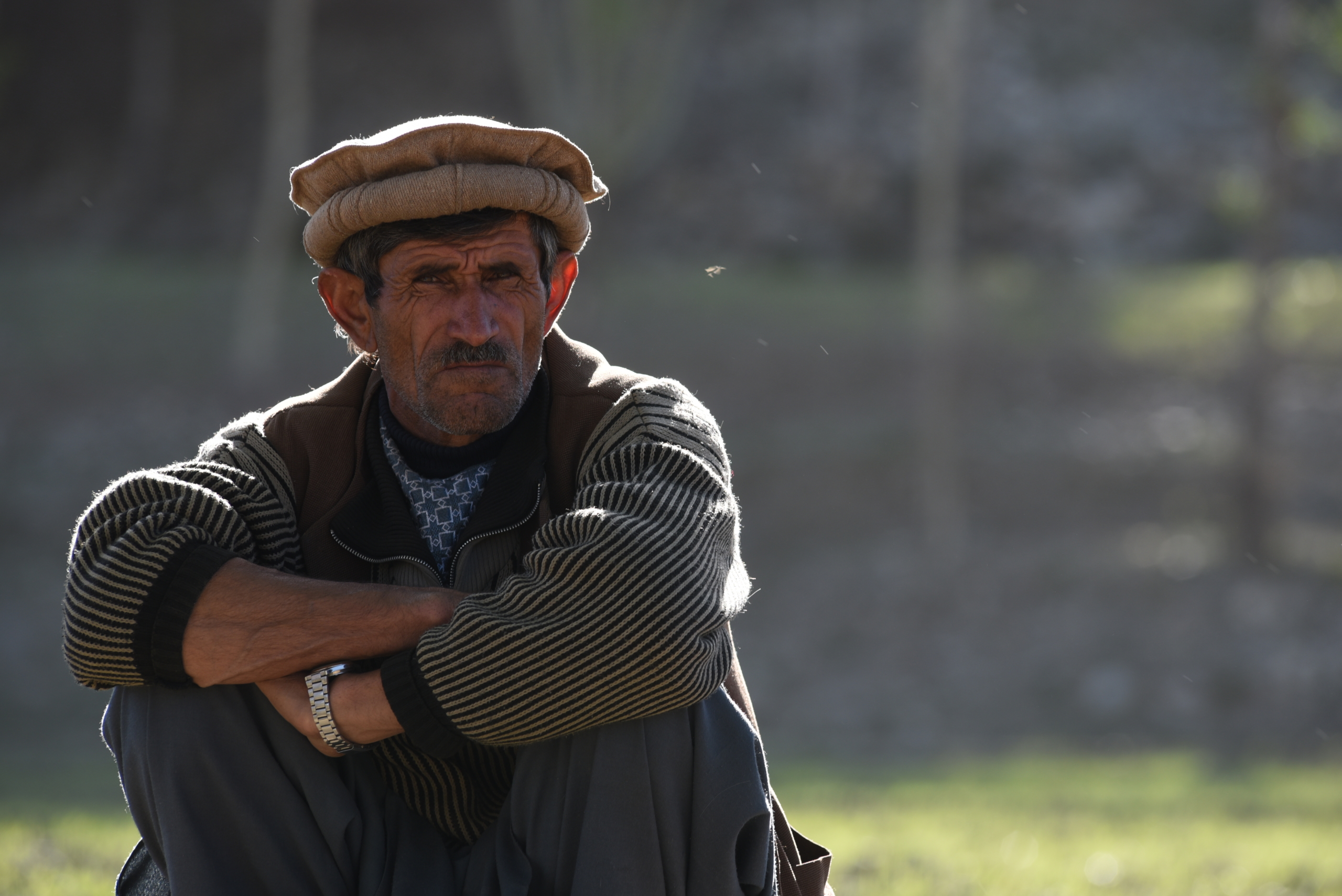
132
CBNRM groups established and actively operating
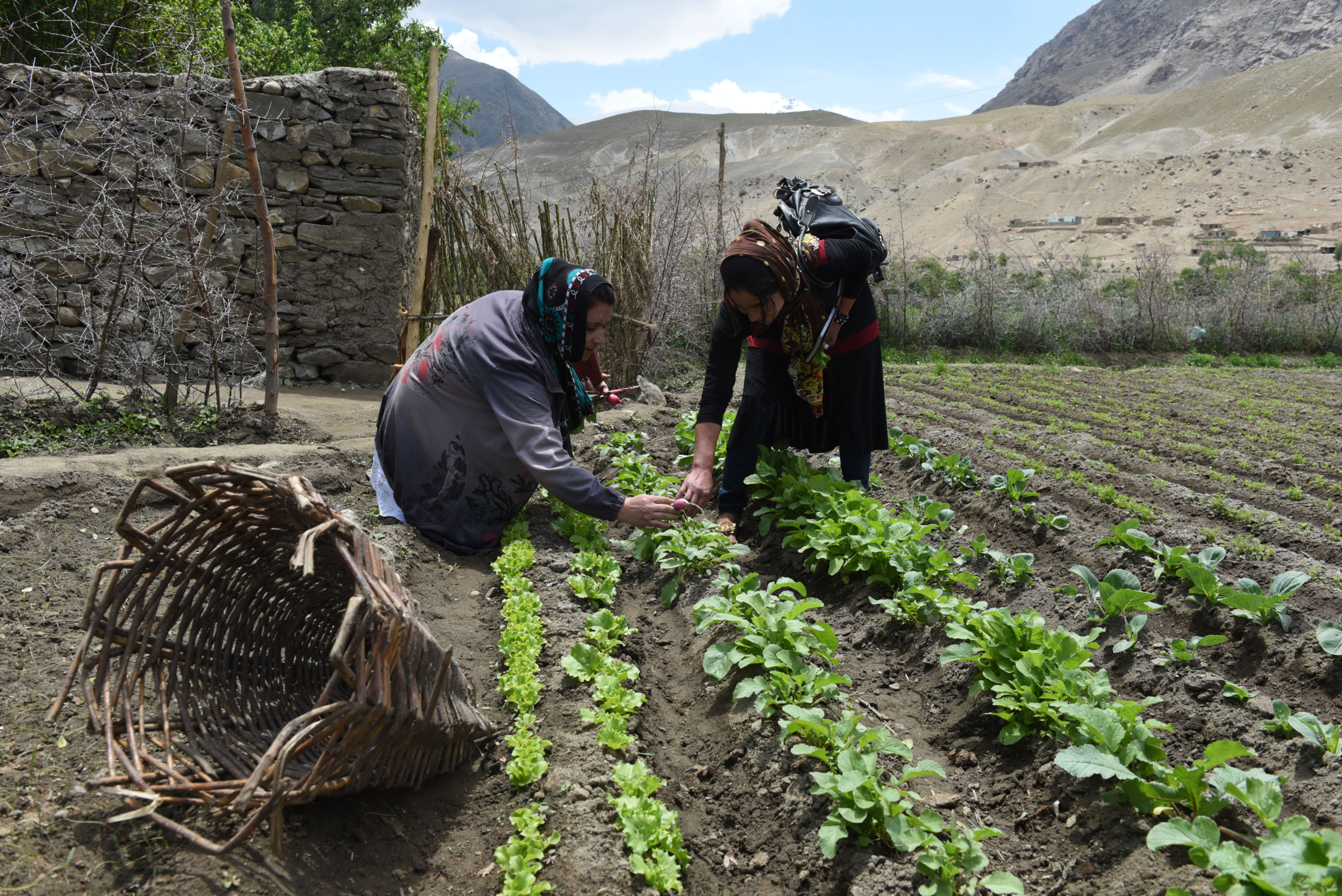
396
Women trained in plant nursery management
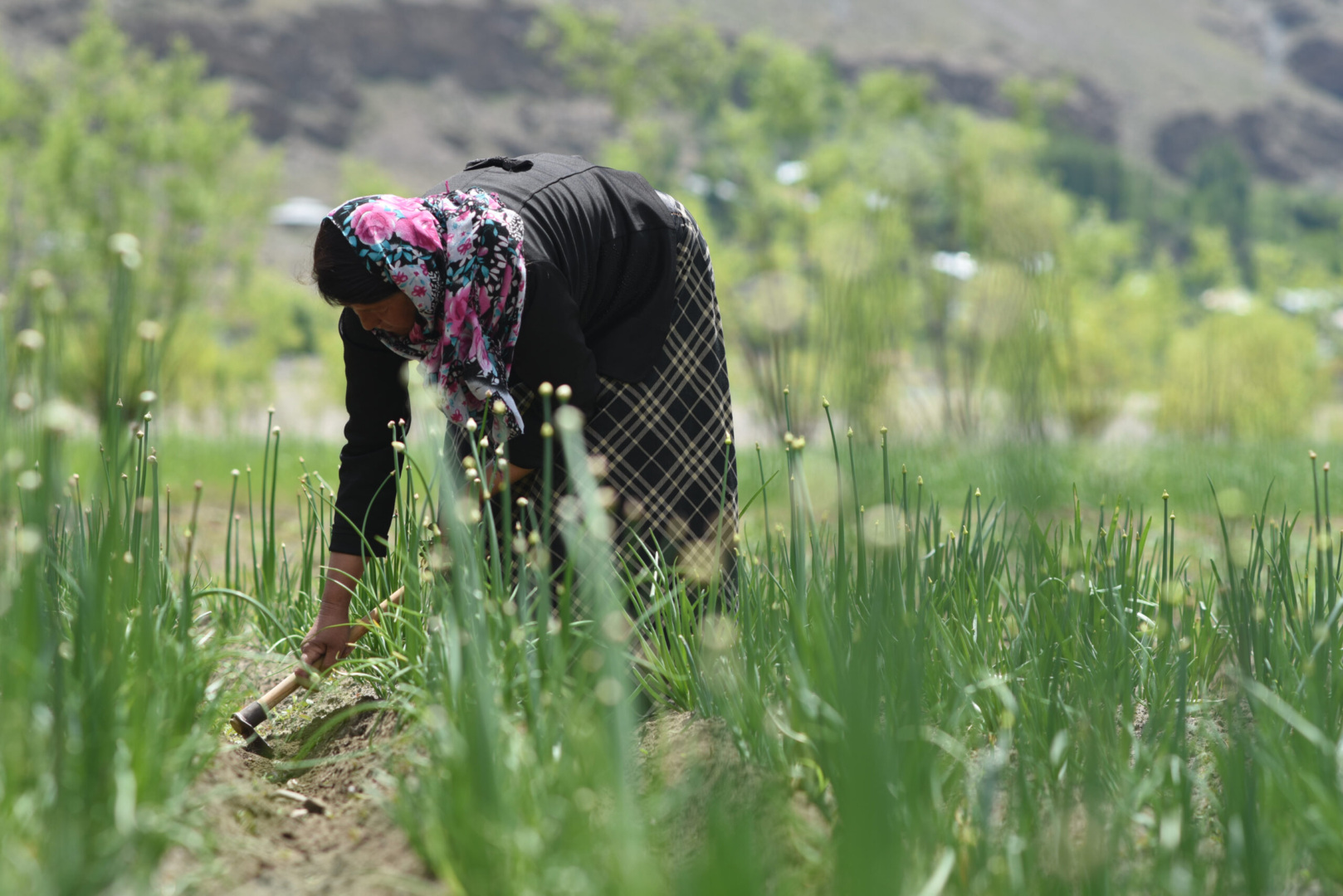
Women-led plant nurseries
Women have played a central role in the success of this programme by establishing their own plant nurseries. 396 women were trained to manage 55 nurseries, helping them to earn an income and contribute to climate change adaptation.
Marina* comes from one of poorest households in her district. With determination, coupled with the programme’s support, she has been able to turn a small piece of land into a thriving pistachio sapling nursery. Marina cultivated 2,000 saplings within eight months, reaping 57,000 afghanis (USD $750) from their sale. Now a successful business owner, she is making meaningful contributions to environmental conservation within her community.
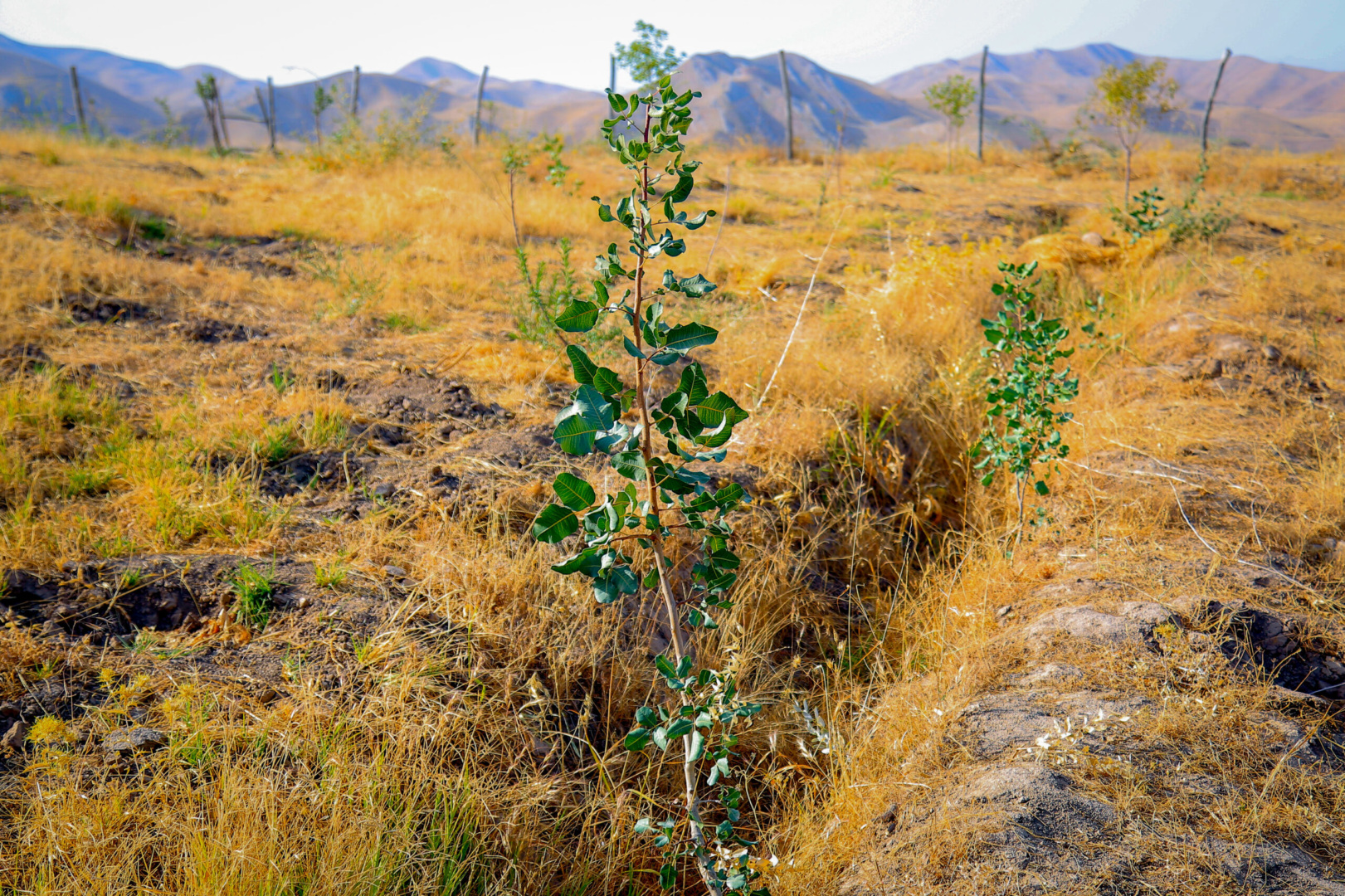

Greening the land
In both Takhar and Badakhshan, a vast amount of land that was no longer suitable for cultivation hurt food security, increased the loss of biodiversity, and reduced opportunities for agricultural jobs.
In Badakhshan’s Kahan district – one of Afghanistan’s most climate-vulnerable districts – these challenges were being exacerbated by natural disasters, including floods and erosion, and human activities like overgrazing and deforestation. Food, fodder and fuelwood were scarce, and communities were travelling to the mountains to collect them, further worsening environmental degradation in the area.
Through AKF’s programme, the local CBNRM group launched a tree plantation initiative. With the nearest river far below in the valley, the communities had to learn and adopt new climate-smart techniques to irrigate their plantation, including solar water pumps and reservoirs. Together, they planted 7,600 fruit and nut trees and intercropped the land with alfalfa seeds.
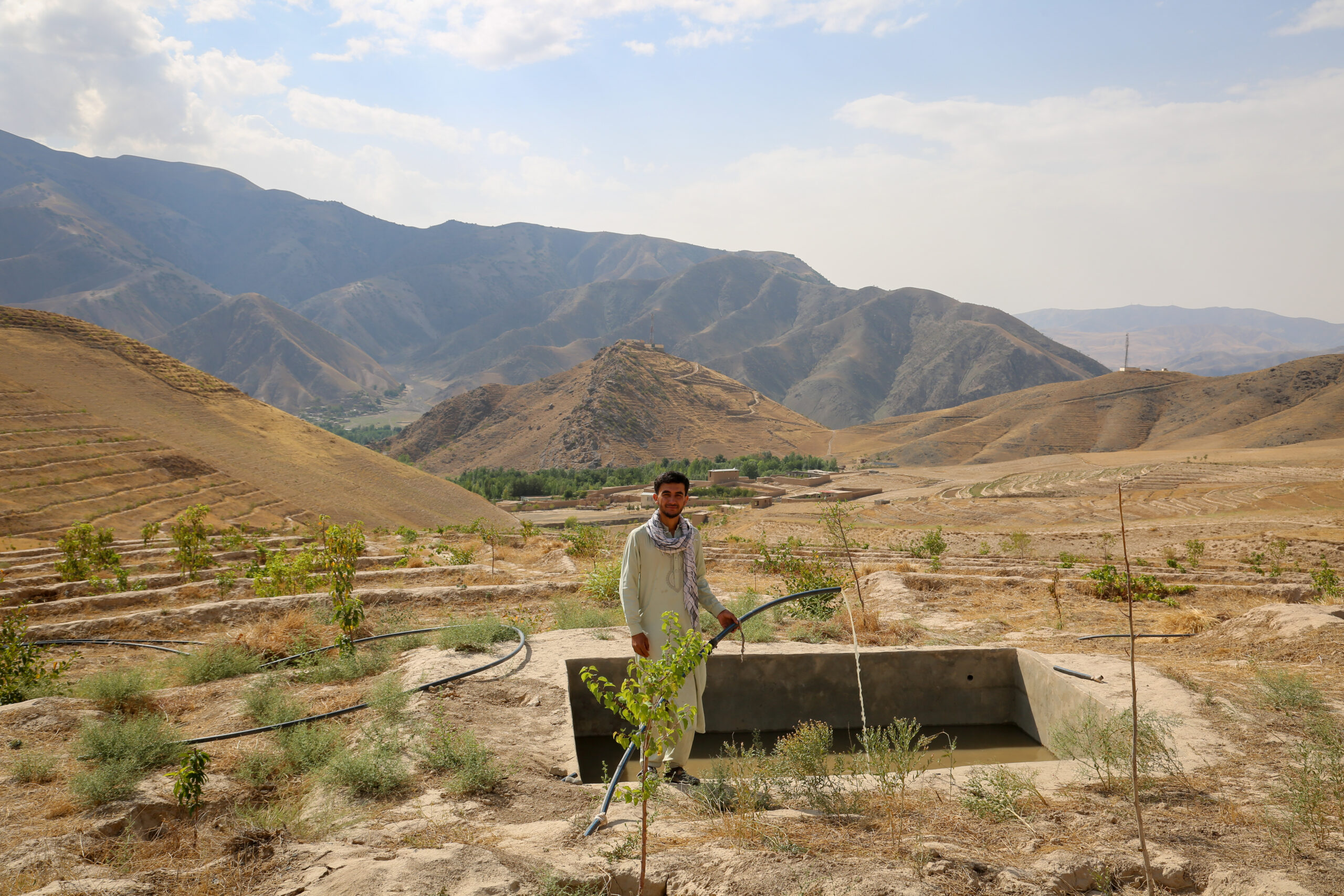
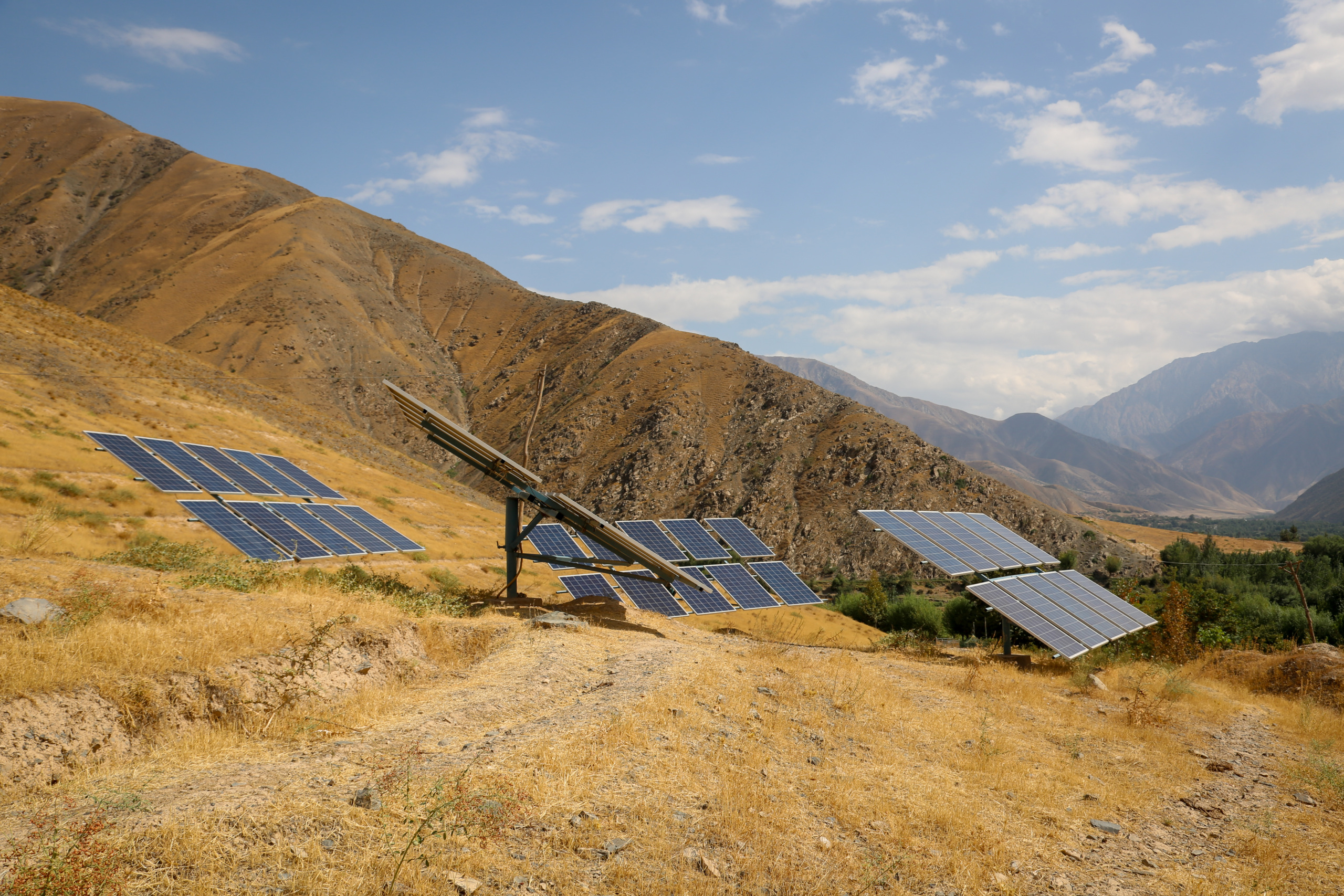
As well as providing fodder, wheat, and fruit, the plantation has become a popular recreational spot, attracting visitors from neighbouring districts. It has also played a crucial role in habitat rehabilitation, hosting a diverse range of wildlife and contributing to the improvement of air quality. Additionally, more than 2,723 people in Kahan have benefitted through 4,388 labour days of paid work created so far.
The project [has] revitalised our dimmed hopes by helping us make our living out of our lands.Community member – Chah Aab district, Takhar
In a village in Takhar’s Chah Aab district, which launched a similar reforestation initiative, a community member said, “The project [has] revitalised our dimmed hopes by helping us make our living out of our lands. We have established almond and pistachio orchards and trained in intercropping. I used to work as paid driver for others, [but] in a short span of time, I have been able to start making good income from my farmland”.
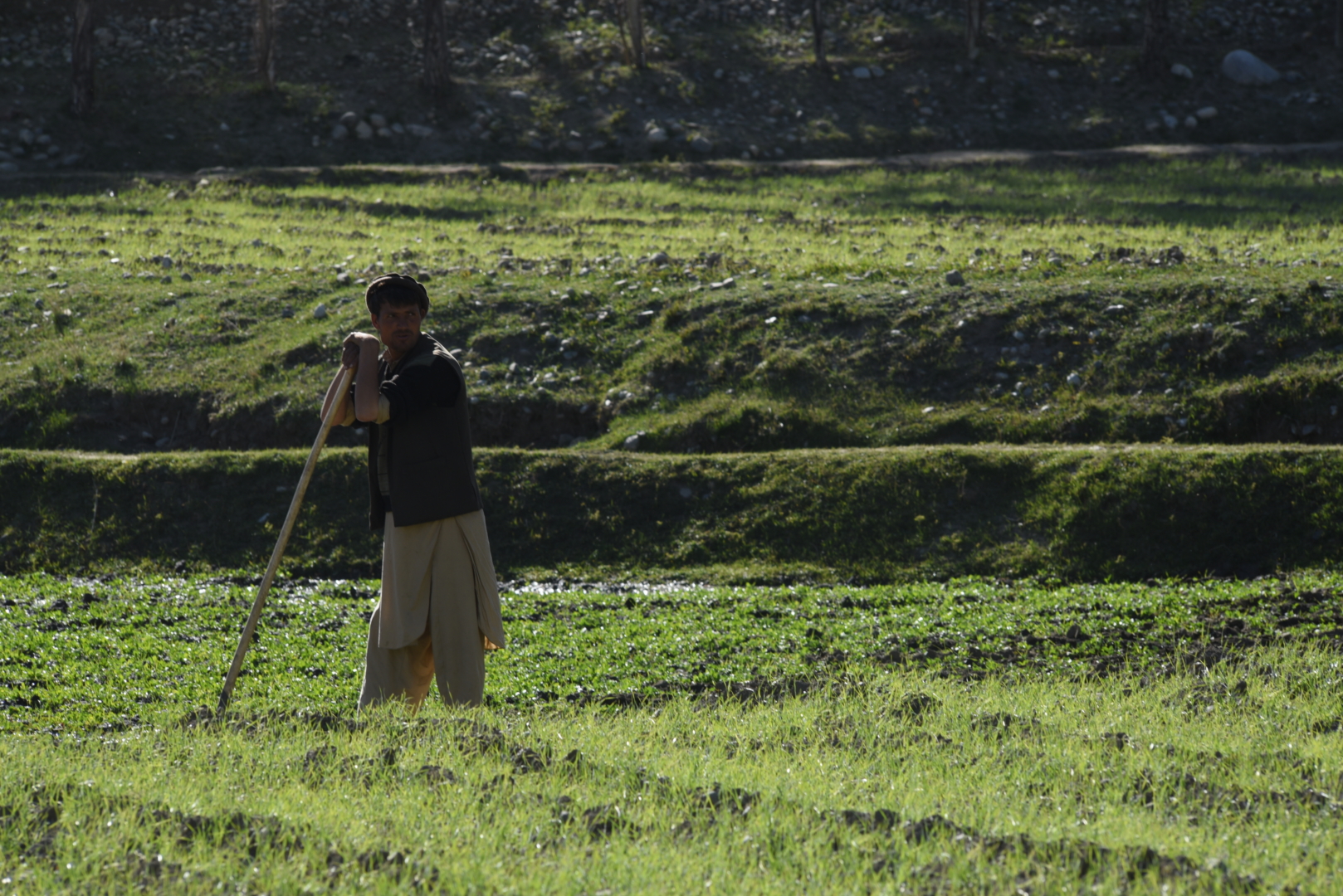
Earning an income
Earning an income
Amidst one of the world’s worst humanitarian crises, building climate resilience would be impossible without also supporting livelihoods. More than 90% of Afghans are living in poverty, and in rural areas, local opportunities for income generation are rare. Many people have no choice but to migrate for work.
Through this programme, the promotion of high-value crops has created a sustainable income source for many farmers. One of the most successful has been the Ferula Asafoetida herb plant, with farmers replicating the practice at a rapid rate after seeing the success of their neighbours. It’s expected that in the next five years cultivation of this crop could reach a large enough scale to earn farmers $3.1 million USD.
Additionally, the cash-for-work initiatives facilitated by AKF have provided an economic lifeline to people in Takhar and Badakhshan. Community members have been able to take on work in their local area whilst also meaningfully contributing to land restoration and natural disaster risk reduction.
In Badakhshan’s Kof Aab district, the continuous droughts of recent years have seen forests, rangelands and agricultural land fall victim to climate breakdown. Avalanches have contributed to further destruction, and seen lives lost too.
Our village is going to be as beautiful as it used to be.Community members in Kof Aab district

With AKF’s technical guidance, local communities planned for the construction of a series of protection walls and dams to thwart the risk of natural disasters, as well as a drought-resistant plantation to boost biodiversity and food security. Construction and tree planting was carried out entirely by local residents – mostly young men – who received a steady wage in exchange for their labour.
Upon visiting one of the villages once the work was complete, AKF’s local team in Afghanistan repeatedly heard the community express, “our village is going to be as beautiful as it used to be.”
In another district of Badakhshan, the cash for work initiative has helped people Amir* take their earning potential to a whole new level, “I used the money that I had saved to open a shop in my village. While the infrastructure has certainly helped the farmers of our community, it created an opportunity of settling into a small business for me”.
*The names of the individuals featured in this story have been changed to protect their identity.
This is a project funded by the European Union implemented by the Aga Khan Foundation. Views and opinions expressed are however those of the author(s) only and do not necessarily reflect those of the European Union. Neither the European Union nor the granting authority can be held responsible for them.

Related News & Stories


“I have finally found a way to financially support my family”: Breaking the cycle of poverty in rural Afghanistan

Impact Odyssey 2.0: The Businesses of Tomorrow
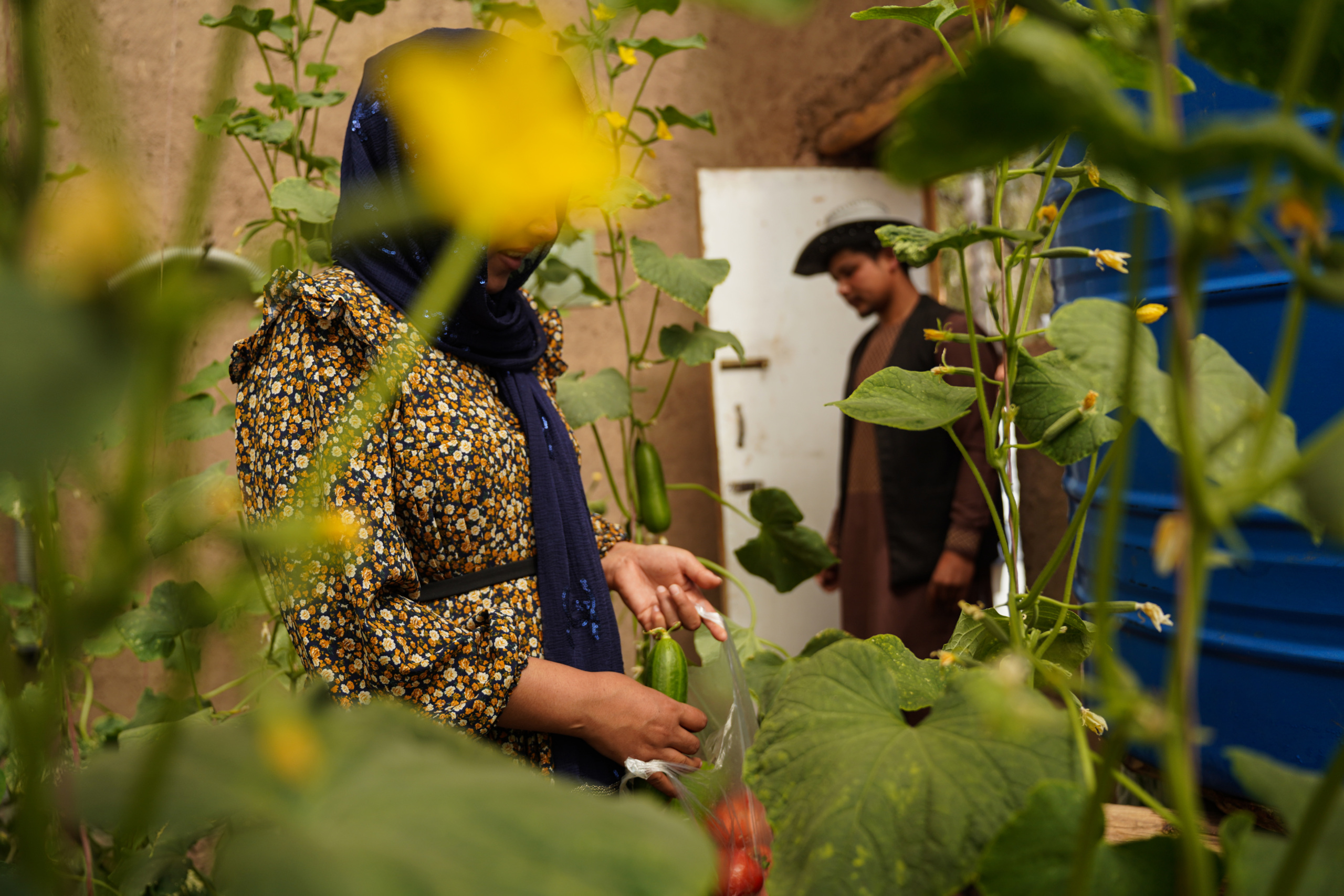
This forestry project in Afghanistan is pushing women to the forefront of climate action
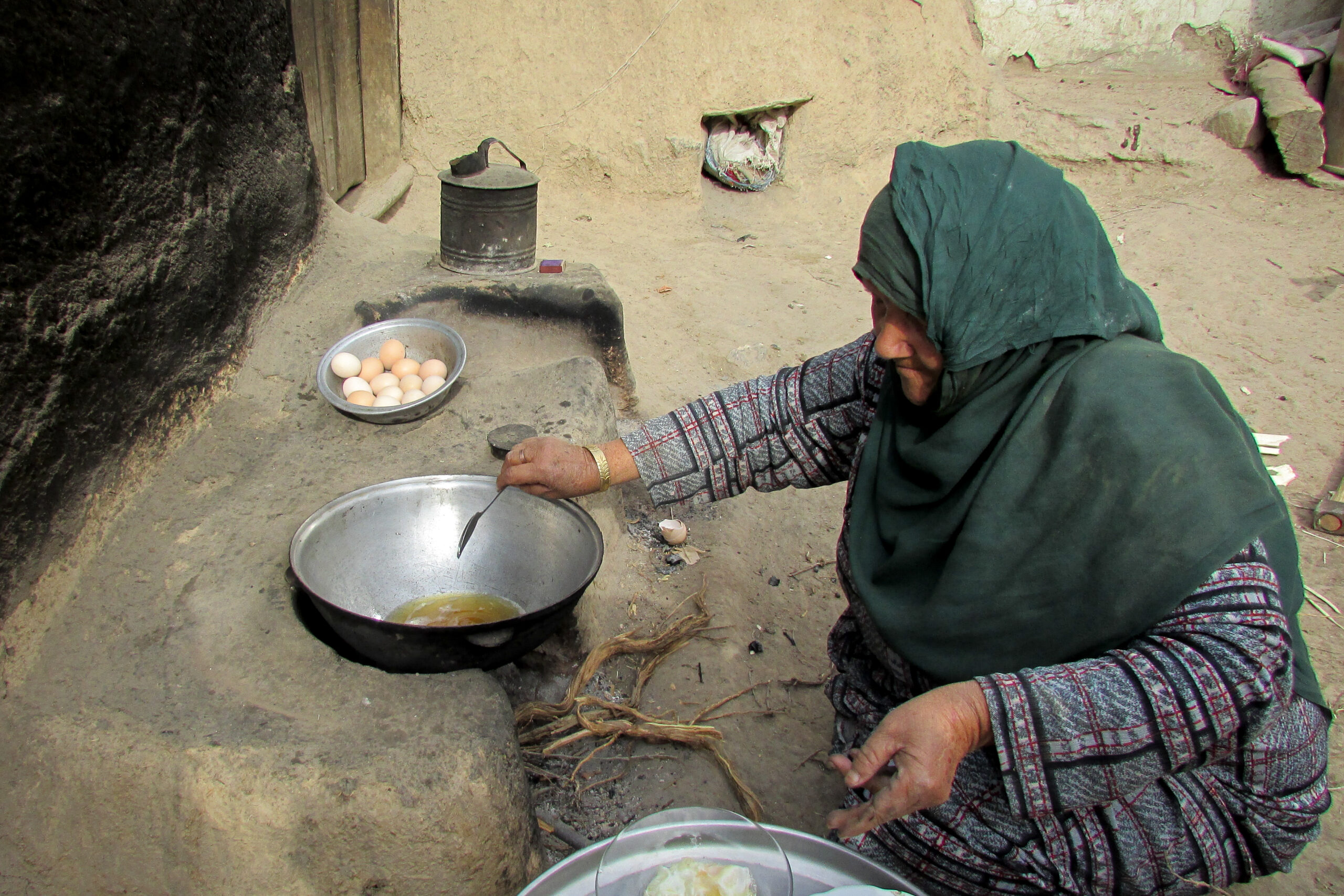
Shafiqa’s story: From loss to livelihood in rural Afghanistan
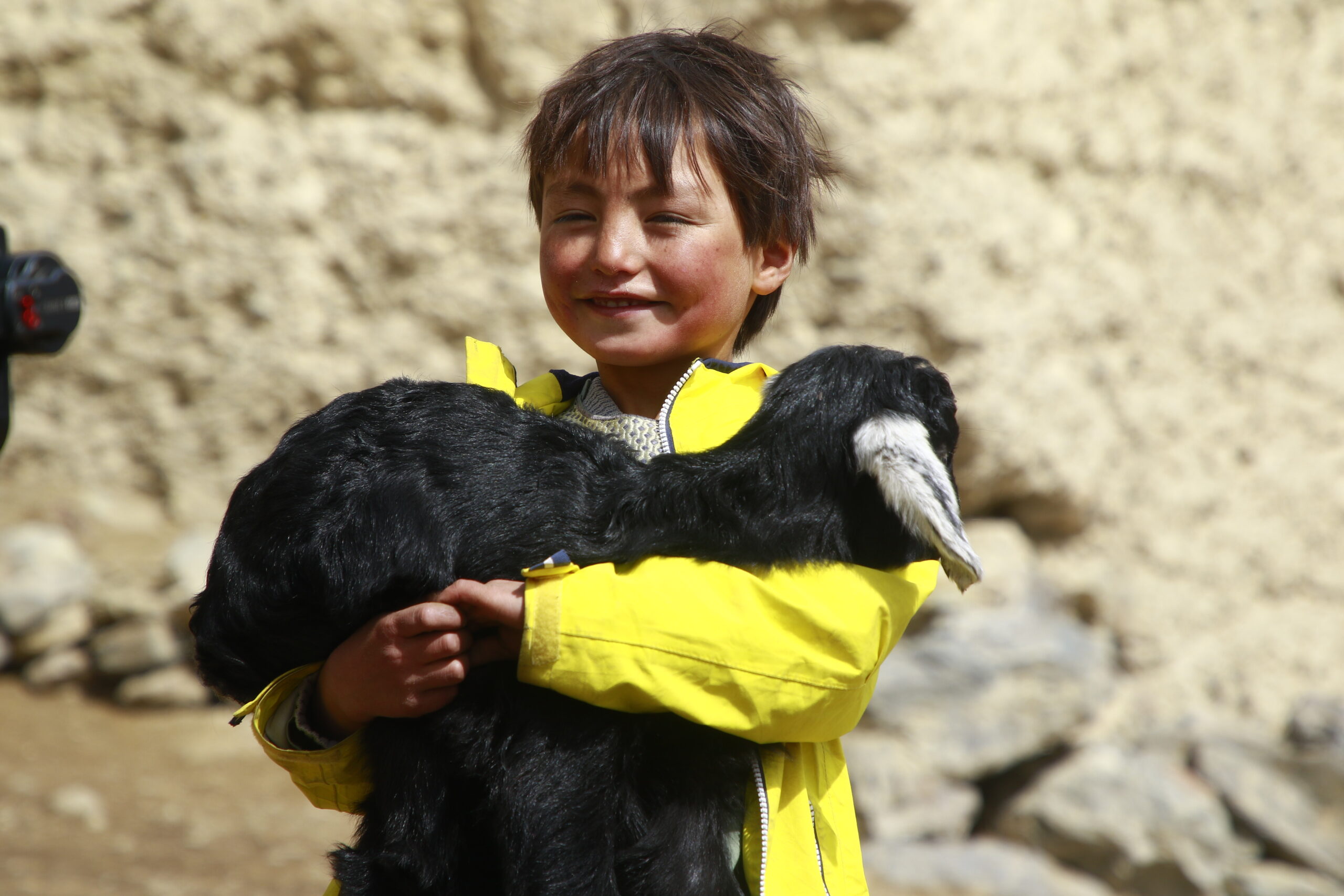
Afghanistan: Building hope amidst the crisis

Support our work Your donations are helping us build a future where we all thrive together.